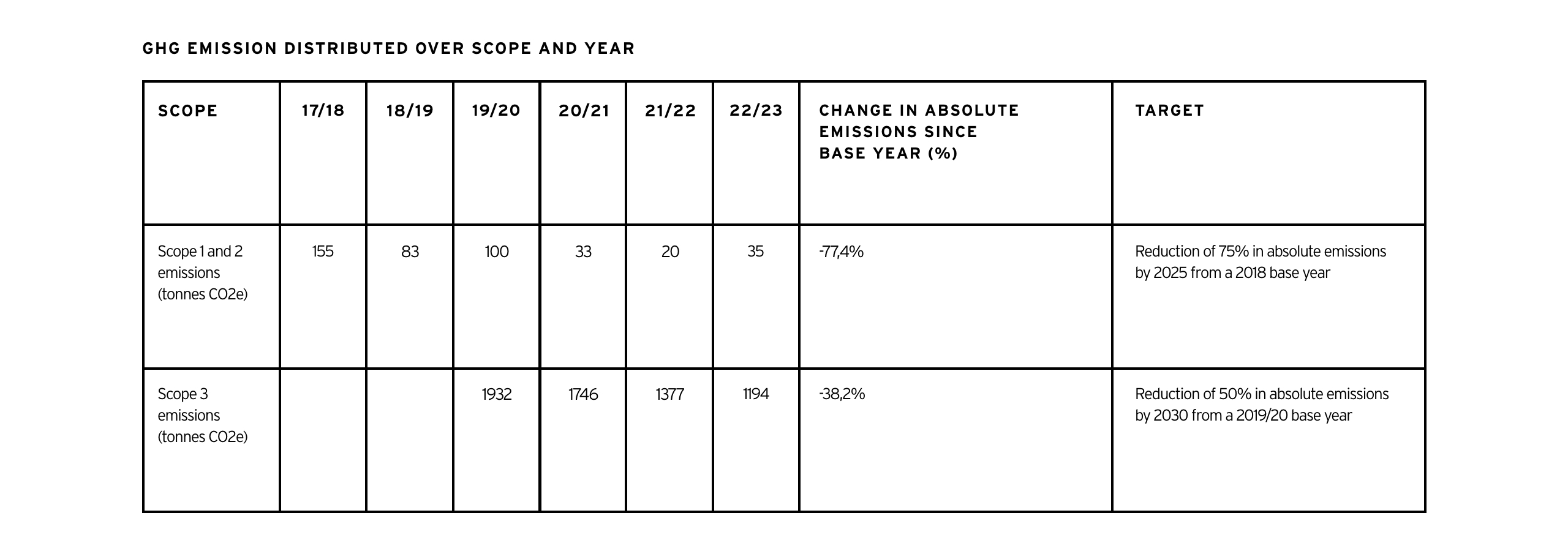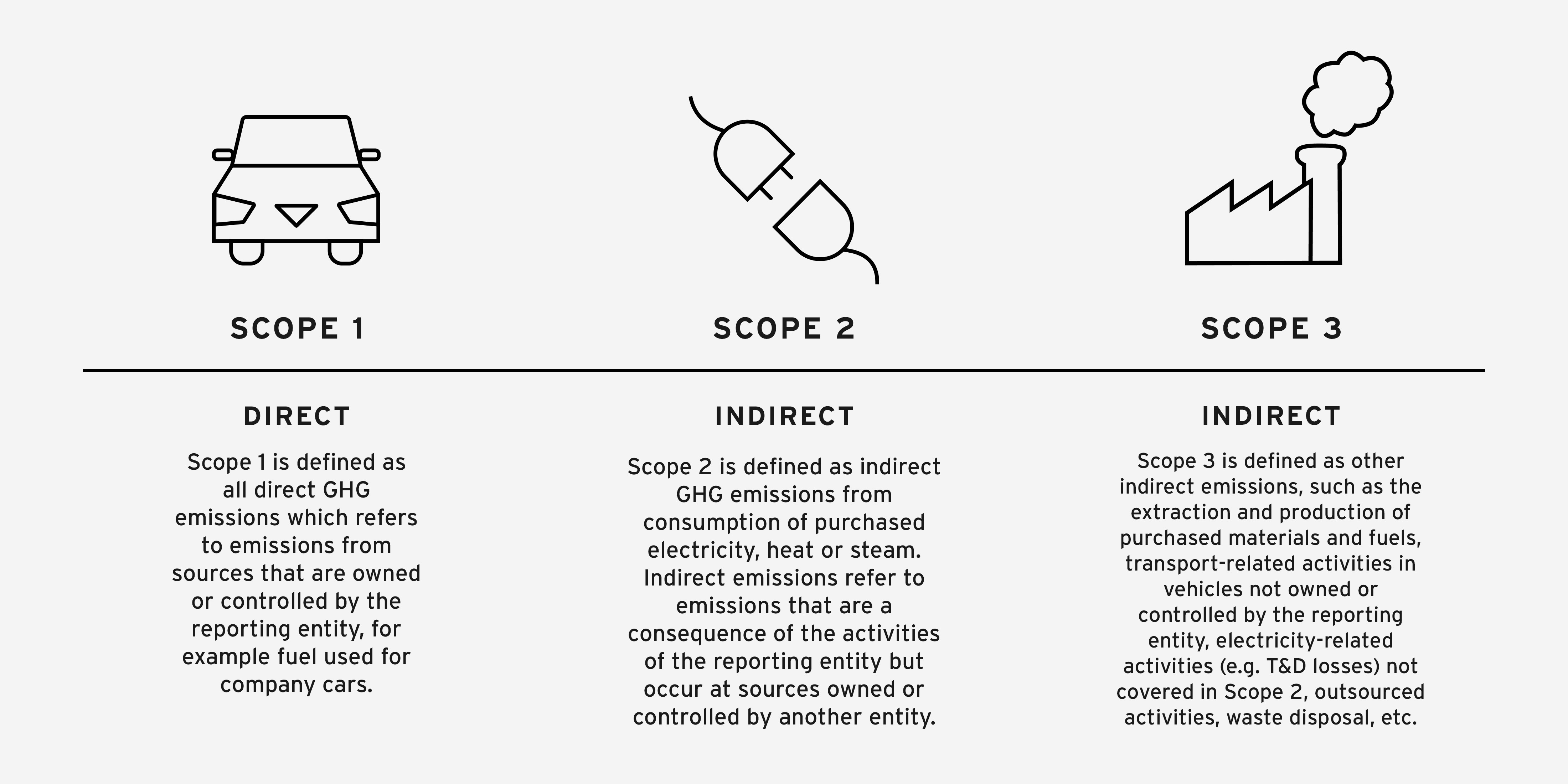PLANET

PLANET

We recognize that we have a responsibility towards Mother Earth and that we need to act fast to protect our planet. As we learn more about our impact on the environment, we are committed to taking action to ensure we stay within the planetary boundaries set by the Stockholm Resilience Center.
PLANET
There are many things to take into consideration when it comes to Mother Earth, and we recognize the concept from the Stockholm Resilience Center, which looks at the planetary boundaries1. We have a long way to go, both in understanding our impact fully and in taking action. It is a race against the clock, and we're in it together. We need to join forces to turn the ship in the right direction.

We joined STICA, the Swedish Textile Initiative for Climate Action, right from the start back in 2018. This is a great forum that has pushed us and many other smaller and larger brands to jointly share knowledge, set targets, and take action. We have committed to reducing our greenhouse gas emissions in line with the Paris Agreement and the 1.5°C target, with the overarching aim of reaching net zero by 2045. We are proud to be heading in the right direction!

We have made progress in reducing greenhouse gas emissions in scope 13 and scope 24, exceeding our target. This progress is due to various initiatives, such as gradually upgrading our car fleet to electric vehicles and changes in the methodology used to calculate emissions since we started. However, we have increased emissions this year compared to the two last years which mainly is due to higher usage of electricity in our offices.
We have also done progress in scope 35, one of the reasons being using more recycled content in our products, but main reason being lower amount of incoming goods. We faced an increase of emissions related to transports when also including sample shipments, which has not been accounted for previous years due to lack of insight. Starting from 2021-22 we increased the use of primary data, which means our suppliers are further involved. For 2022-23 calculations we have also started collecting data from our tier 2 suppliers, further increasing the usage of primary data. The calculations are however still done on a limited basis not covering our full operations, but only our garment segment. This means our training equipment range is left out from the calculations. Below the scope 3 categories we have accounted for in our calculations for scope 3.
Purchased goods and services (direct) - includes emissions from producing the products that we sell, from raw material production to finished products and packaging. This is usually the most significant emission source for a textile company, representing 80%6 or more of its emissions on average.
Fuel- and energy-related activities - such as production and distribution of fuels used in scope 1 and 2 activities - are often included in accounting and seen as an extension of the scope 1 and 2 emissions.
Upstream and downstream transportation and distribution - that we purchase - are also significant sources of emissions from trucking, air freight, and maritime shipping. These emissions are accessible for companies in terms of data and reduction opportunities, making them natural to include in emissions accounting.

Calculations have been made partially inhouse with support of external expertise, but has not gone through third party verification. Emission calculations are complex and constantly evolving. Further details on methodology used, problematization and much more to be found at STICA’s website here.
Actions to take us on our pathways towards net zero emissions
General
- Extend and improve emission calculations with the aim to include our whole operations and account for further categories in scope 3 according to the GHG protocol
Scope 1 & 2
- Aim for renewable energy and/or self-sufficiency for offices and stores
- Energy efficiency in stores and offices (decrease usage)
- Upgrading car fleet to electric vehicles
Scope 3
- Decrease over production and opt for full price sales according to set targets
- Continue to increase share of more sustainable materials in accordance with our material targets
- Work with selected tier 1 and 2 suppliers to improve energy efficiency and phase in more renewable energy
- See more actions listed under transportation
Transportation
Transports are beside production our largest GHG emission post. We are therefore actively working to reduce our emissions though various initiatives, listed below. Trust that we continue to seek the best ways to reduce our emissions by being more efficient and push for the use of renewable energy.

- No air freight offered to our e-commerce customers within Sweden and Norway.
- More sustainable freight option pre-selected for our e-commerce customers in Sweden, Finland, and Denmark. We are tirelessly looking for more sustainable options to offer to all markets where we are present.
- We rarely use air freight for our inbound deliveries to our warehouse, instead we ship by boat from offshore and truck within Europe, where the latter is making up for the major part. Air freight deliveries to our warehouse always needs to be approved by the CEO.
- We are still to some extent, mainly for samples from offshore, using air freight. However, we have most of the sampling within Europe, which arrives by truck. We are nevertheless actively working to reduce samples in general, both for the sake of material usage and transportation.
- When possible, we consolidate shipments to our warehouse to minimize the number of transports.
- All our e-com shipping bags and boxes are made from FSC paper
